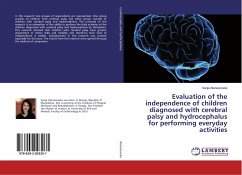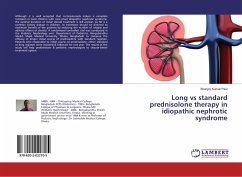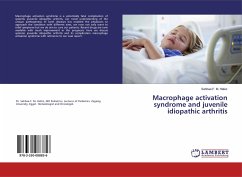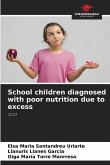Polyhydramnios is present in approximately 2 % of pregnancies and has been associated with a variety of adverse pregnancy outcomes. The aim of our study was to evaluate the association between polyhydramnios and adverse pregnancy outcomes. This was a retrospective case control study of 288 singleton pregnancies delivered in Rotunda Hospital Dublin between 2013and 2014. Polyhydramnios was defined as i) AFI 25cm , ii) maximal vertical pocket (MVP) of 8cm. and iii) a gestational age specific threshold for AFI. Demographic information, obstetric and neonatal outcomes were obtained by review of hospital databases. Exclusion criteria included gestational or pre-existing diabetes, multiple pregnancies, a fetus with structural or chromosomal abnormalities, Rhesus isoimmunisation, TORCH screen positive. Outcomes were compared with outcomes of singleton pregnancies without polyhydramnios. A total of 8,798 deliveries occurred during the study period. The frequency of polyhydramnios was 1.6%. One hundred and forty four women formed study group, and 144 women with normal amniotic fluid were matched as the control group.
Bitte wählen Sie Ihr Anliegen aus.
Rechnungen
Retourenschein anfordern
Bestellstatus
Storno








